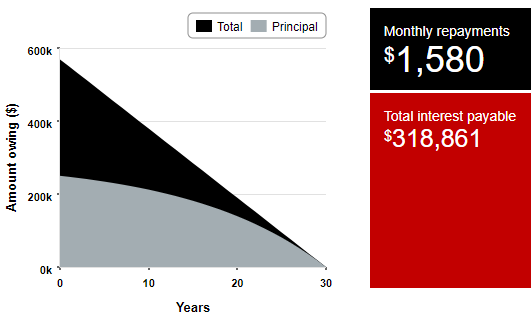Occupancy fraud has become one of the mortgage industry’s biggest issues, especially now that income fraud is nearly impossible to commit. Occupancy fraud is the misrepresentation of how you intend to use the property you are purchasing or refinancing. This is usually committed when an individual states on the loan application that they intend to live in the home as their primary residence, but their true intention is to rent it out as an investment property. Investment property homes carry higher interest rates (typically .5%-.75% higher) than on owner-occupied homes due to their higher risk and potential for default on mortgage payments.
Of course, I know that everyone wants the best possible interest rate available, but occupancy fraud has some serious ramifications and is simply not worth it. If you are financing an owner-occupied home, it has to make sense to the lender as such. This is what the underwriter is looking for:
- You will be living in the property throughout the year
- It is close to your place of employment and suits the needs of you and your family
- You do not own any other “owner-occupied” homes
- When you sign loan papers, you will be signing multiple loan documents that state you are buying this home as your primary residence.
- You will move into the home within 30-59 days of closing the loan
Lenders do have the right to perform occupancy checks (“post-closing investigations”) after the loan closes, and if there are concerns or questions of your true occupancy, they can call the loan due. And remember that knowingly providing false information or misrepresenting information on your loan application and documents is considered mortgage fraud and is a serious federal crime. When you sign your loan papers, there are multiple areas where you are attesting to the fact that this home will be your primary residence.


